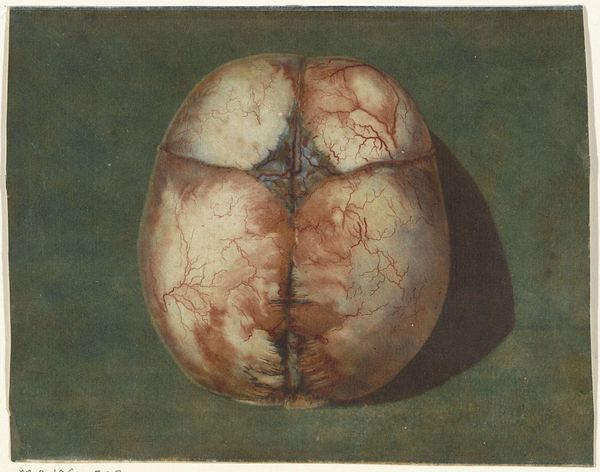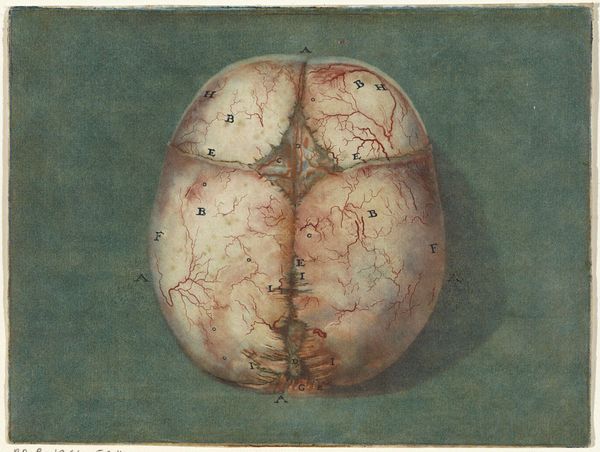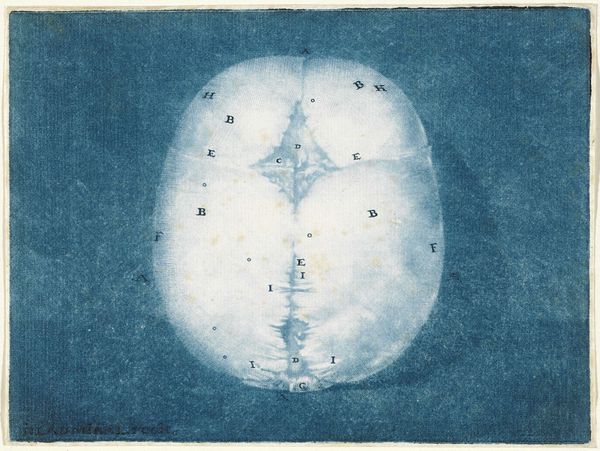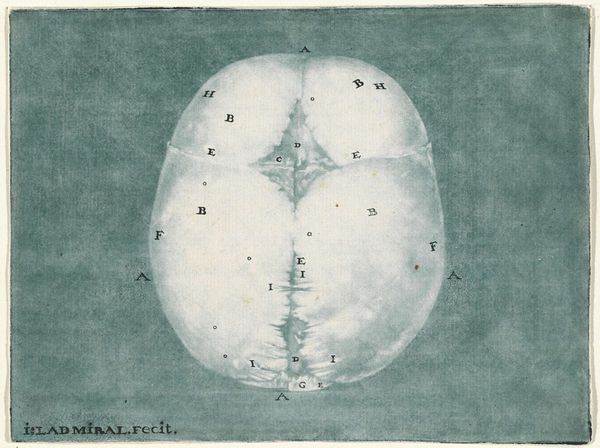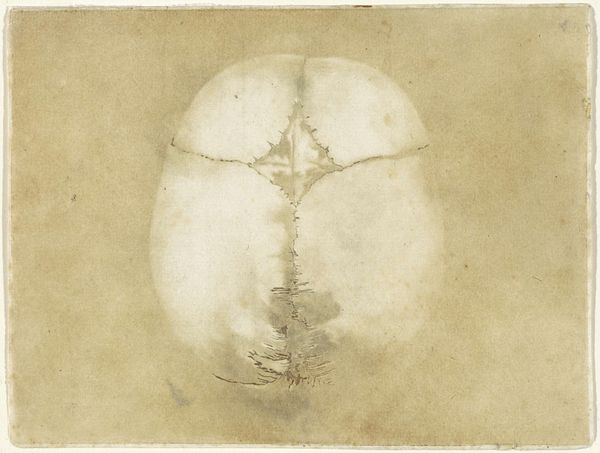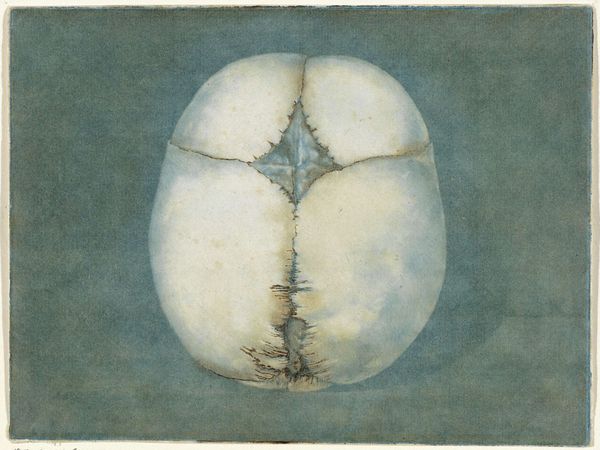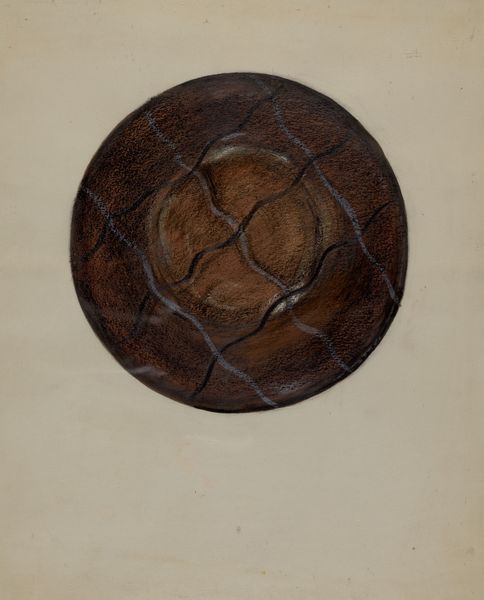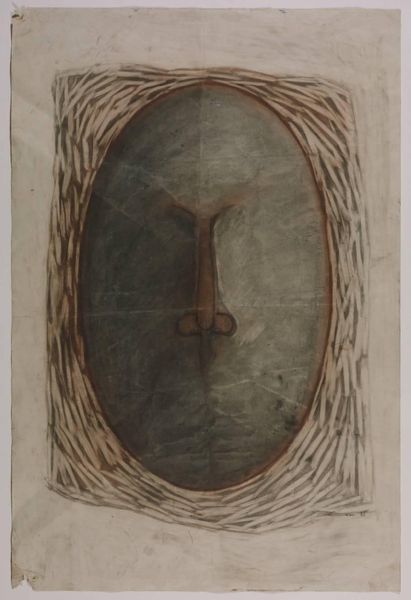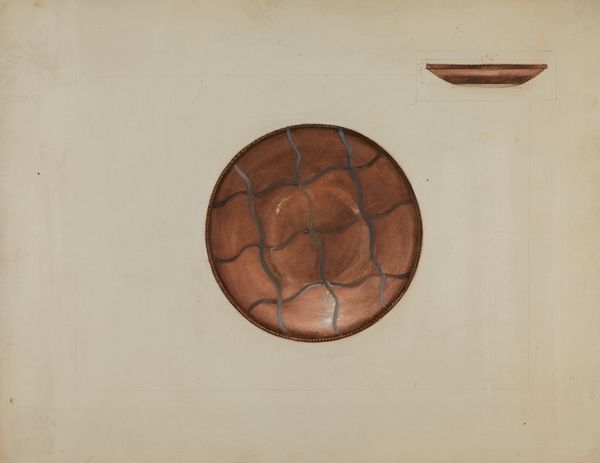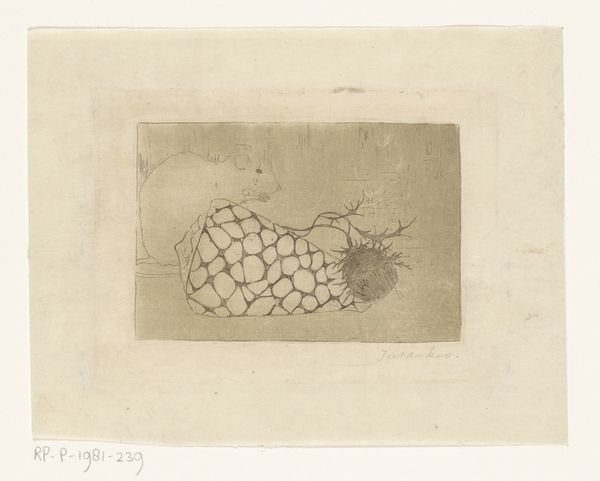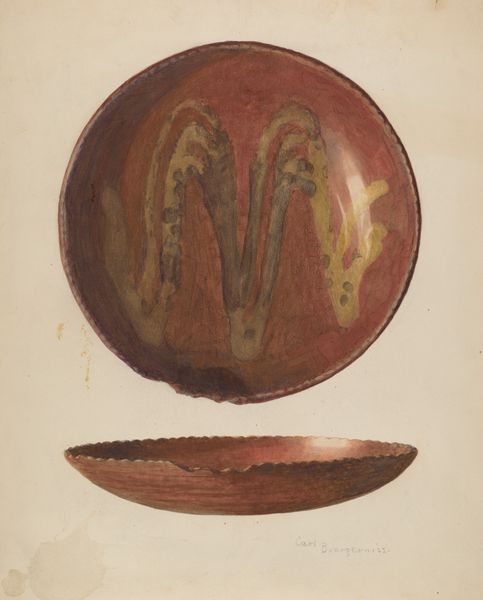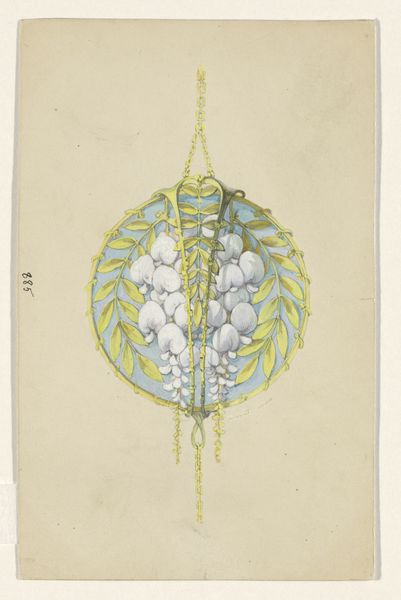
drawing, watercolor
#
portrait
#
drawing
#
baroque
#
watercolor
Dimensions: height 187 mm, width 215 mm
Copyright: Rijks Museum: Open Domain
Editor: This watercolor drawing from 1733-1738 is titled "Bovenzijde van een ongedichte kinderschedel," by Jan l' Admiral, depicting the top of an unsealed child’s skull. It’s remarkably detailed, almost clinical. How should we interpret a piece like this through the lens of history? Curator: This work is intriguing, especially considering its social context. It reflects the era's growing interest in scientific observation and anatomical study, mirroring the rise of the Enlightenment and the development of medical knowledge. Museums weren’t as established then; what purpose do you think detailed images like this served at that time? Editor: Perhaps they were intended for medical study, for physicians or students of anatomy. Its creation reflects that moment of early modern medicine that began using scientific drawing to understand the human body. The image is both beautiful in its detail and unsettling in its subject. Curator: Exactly. This points to a fascinating tension: the objective pursuit of scientific accuracy coexisting with cultural attitudes toward death, particularly infant mortality, which was significantly higher then. Did imagery like this normalize mortality, or make it more shocking to its contemporary audiences? How did those audiences affect Jan l'Admiral’s creative practice? Editor: I never thought about that. So it isn't just about the subject of the artwork, but about how different segments of the population would respond to the skull, thus affecting artistic approach? Curator: Precisely! We should also remember the Baroque style's characteristic dramatic lighting and detail, used to enhance both the artistic and scientific value. Consider the ethical considerations involved when commissioning a drawing such as this; who requested the piece? Was this medical initiative backed by aristocratic patronage? How did they influence artistic decisions? Editor: It gives a totally different significance to this Baroque-styled portrait when you add that the work shows us not just the rendering of a child's skull but also how this image participates in a deeper discourse on scientific development, mortality, and ethical commissions. It definitely challenges my initial response! Curator: It’s amazing what you see once you start exploring that relationship!
Comments
No comments
Be the first to comment and join the conversation on the ultimate creative platform.
